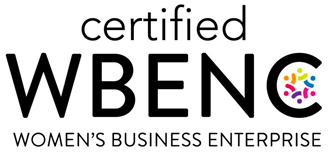Sustainability is no longer just a buzzword, it is a movement reshaping the beauty industry from the inside out. Today’s consumers are increasingly conscious of the environmental footprint of the products they use, and packaging has become a focal point in this conversation. Among the most impactful solutions gaining momentum is refillable and re‑usable cosmetic packaging. While the idea sounds simple, executing it effectively involves balancing design, functionality, consumer convenience, and brand aesthetics. Let’s explore both the challenges and opportunities this growing trend presents.
In today’s beauty market, packaging is far more than a container, it’s a brand statement, a functional tool, and often the first interaction a consumer has with your product. But creating packaging that balances aesthetics, performance, and production efficiency doesn’t happen overnight. It’s the result of a carefully managed journey from concept to shelf.
In a global economy increasingly shaped by uncertainty, supply chain shifts, and rising tariffs, beauty brands are rethinking where and how they source cosmetic packaging. The rise of tariffs on Chinese imports led many to consider sourcing from alternate regions like Southeast Asia, Europe, or North America. However, when it comes to performance, value, and innovation in packaging, China continues to lead and remains a core sourcing region for APC Packaging.







